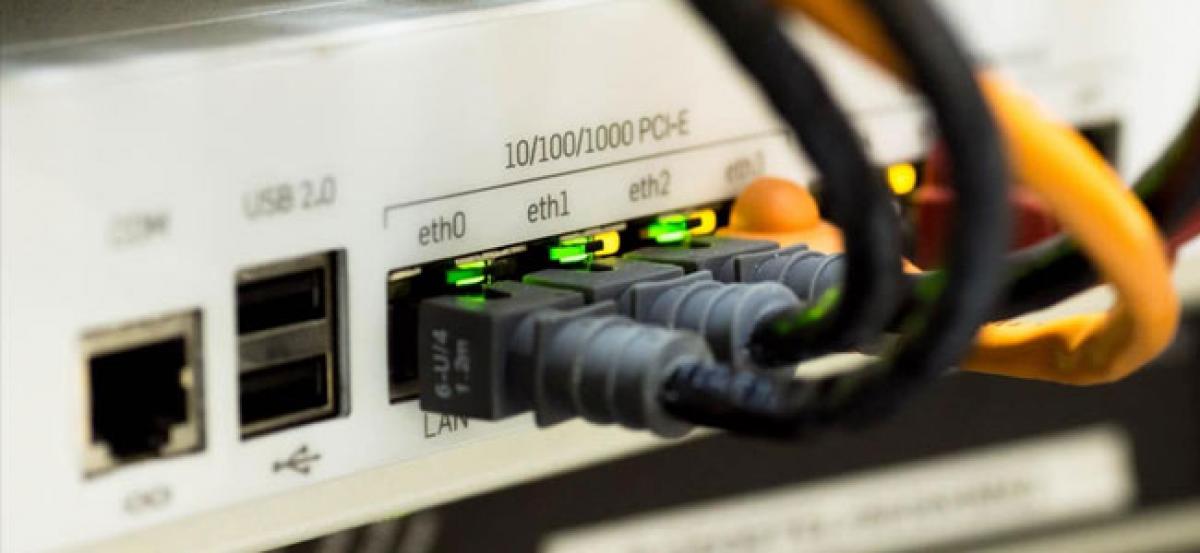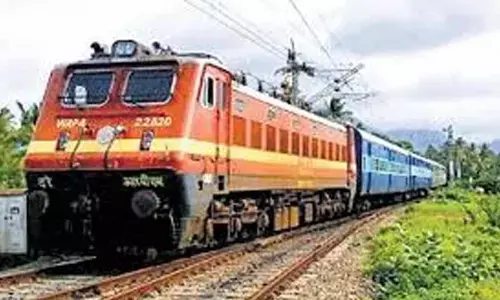This Technology Will Increase Your Home Internet Speed To 10GBPS

Researchers claim that they have discovered a new hardware based technology which can speed up the slow Internet at home by as much as 10GBPS.
Researchers claim that they have discovered a new hardware based technology which can speed up the slow Internet at home by as much as 10GBPS.
For a fast yet budgetary broadband connection at a home in Britain, the new receiver technology can offer dedicated data rates at more than 10,000 Mbps as compared to the current 36 Mbps, said researchers from the University College of London.
"Although 300 Mb/s may be available to some, average UK speeds are currently 36 Mb/s. By 2025, average speeds over 100 times faster will be required to meet increased demands for bandwidth-hungry applications such as ultra-high definition video, online gaming and the Internet of Things (IoT)," informed lead researcher Sezer Erkilinc.
With a gigantic growth in the number of mobile devices, coupled with the promise of 5G to enable new services via smart devices, means we are likely to experience bandwidth restrictions; our new optical receiver technology will help combat this problem," added Erkilinc.
The receiver is utilized in optical access networks which come as links connecting Internet subscribers to their Internet Service Providers.
While the new receiver incorporates many benefits of coherent receivers, it is simpler, cheaper and smaller - needing only a quarter of the detectors utilised in conventional receivers.
The Simplification was accomplished by integrating a coding technique to fibre access networks which were originally tailored to check signal lapses in wireless communications.
"This simple receiver offers users a dedicated wavelength, so user speeds stay constant no matter how many users are online at once. It can co-exist with the current network infrastructure," added Erkilinc.
The receiver was tested across a dark fibre network deployed between Telehouse (east London), UCL (central London) and Powergate (west London). The team successfully beamed data over 37.6 km and 108 km to eight users who were able to download as well as upload data at a speed of 10GBPS
Source: techgig.com



















